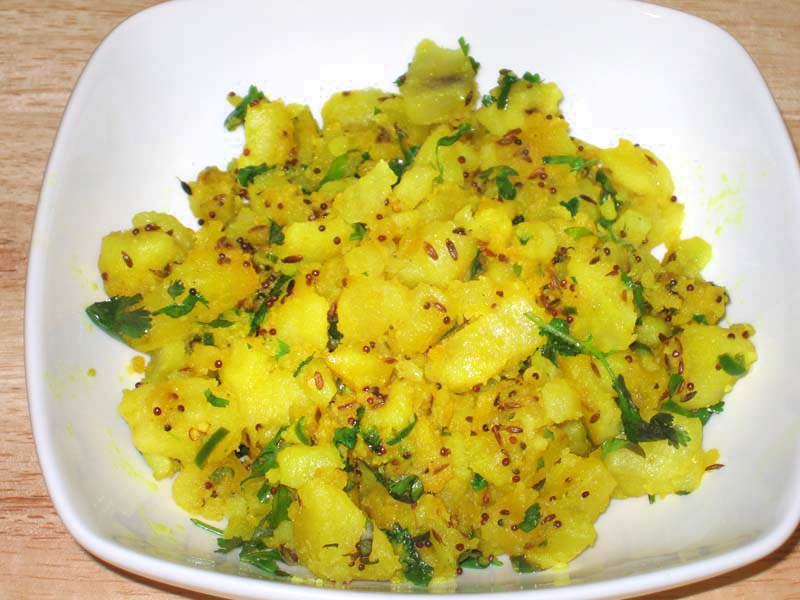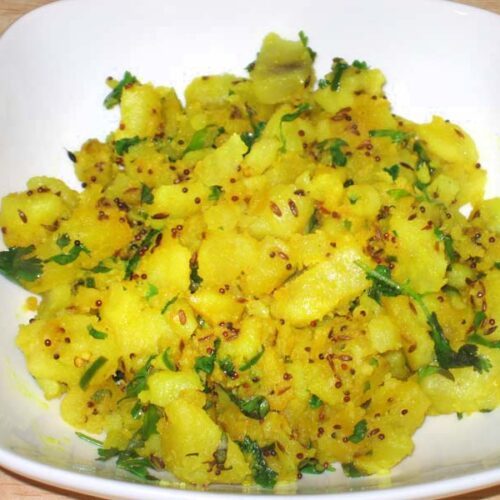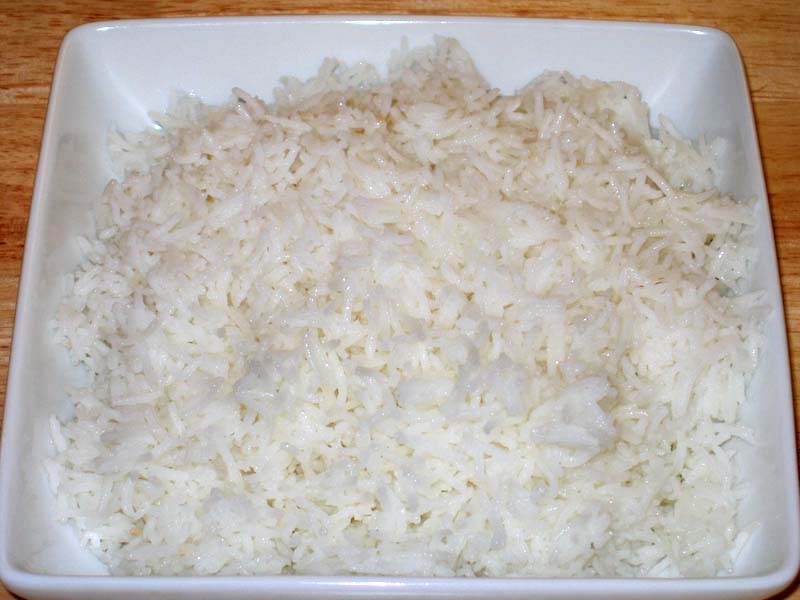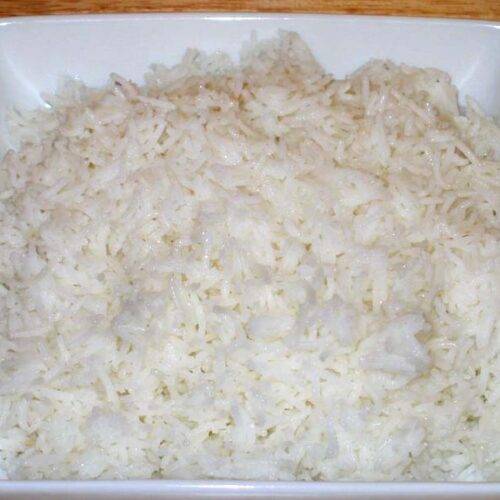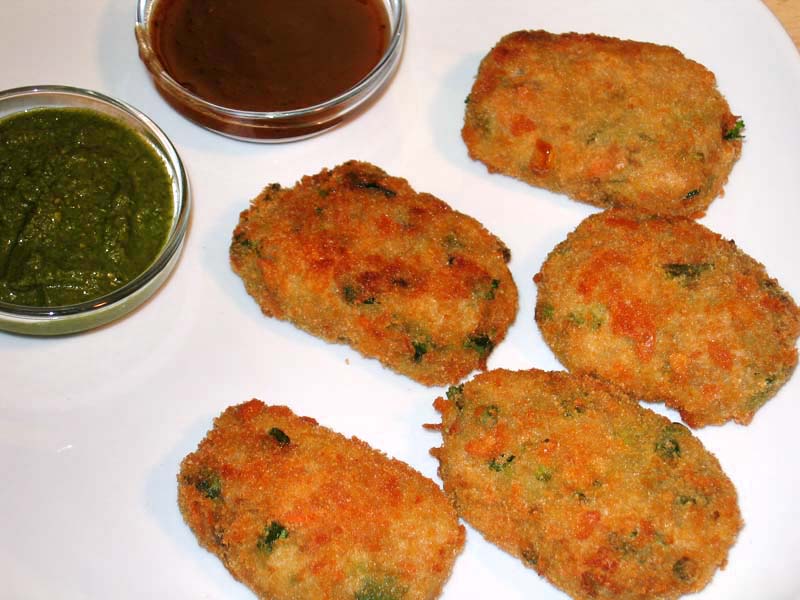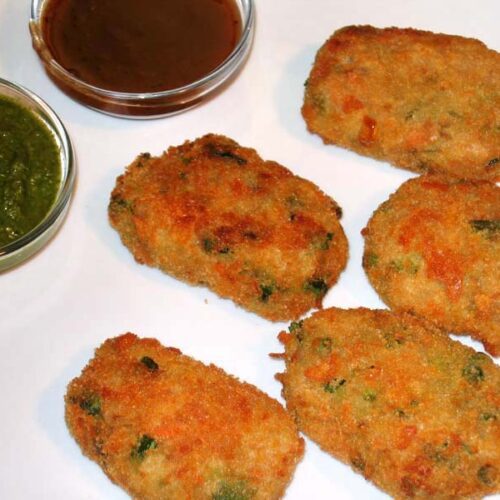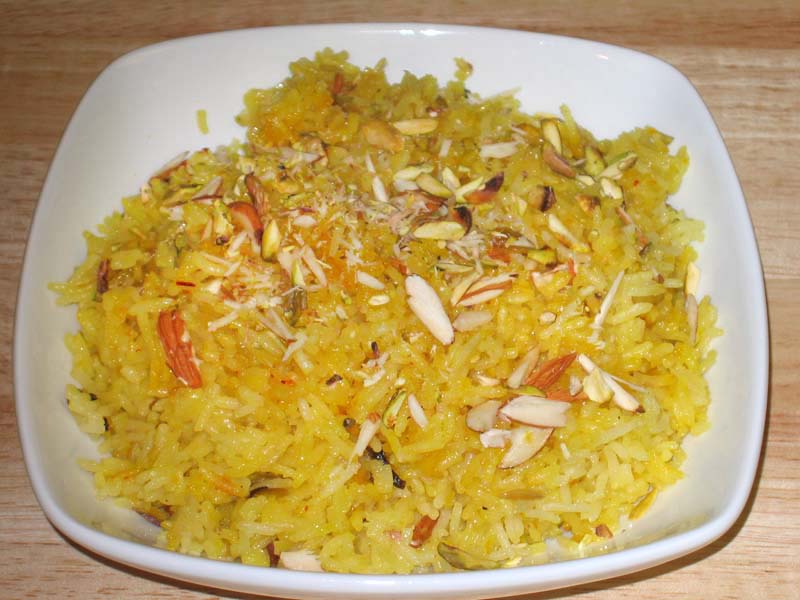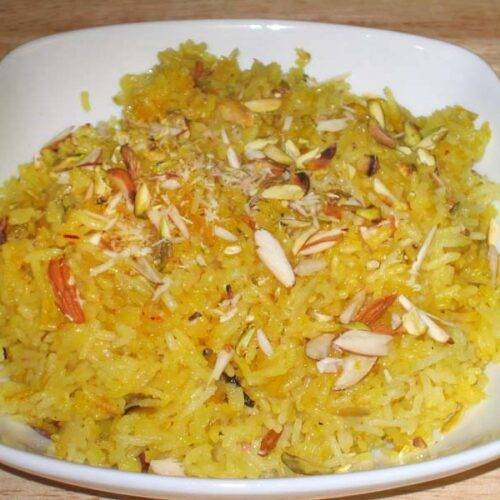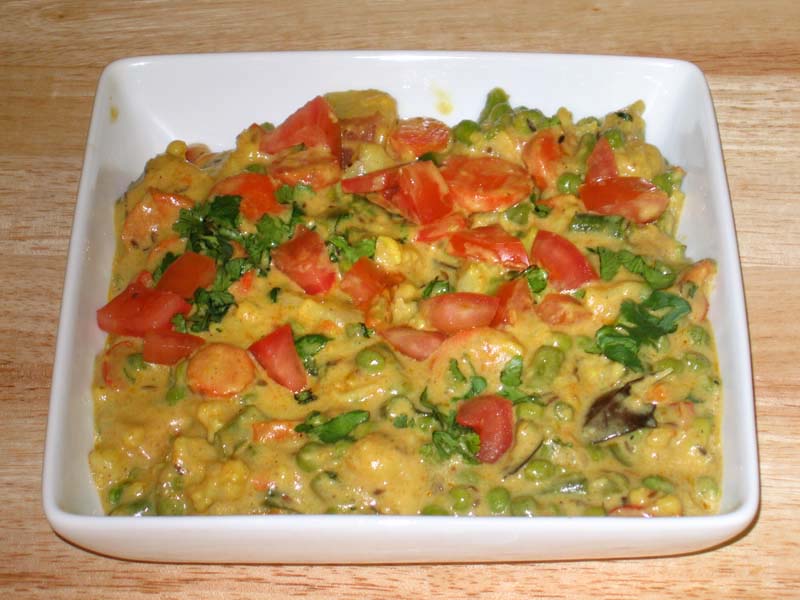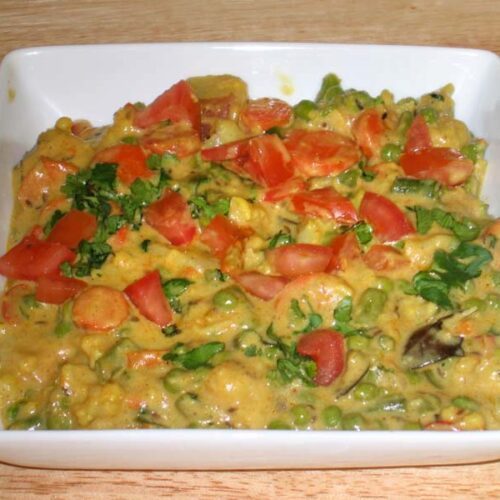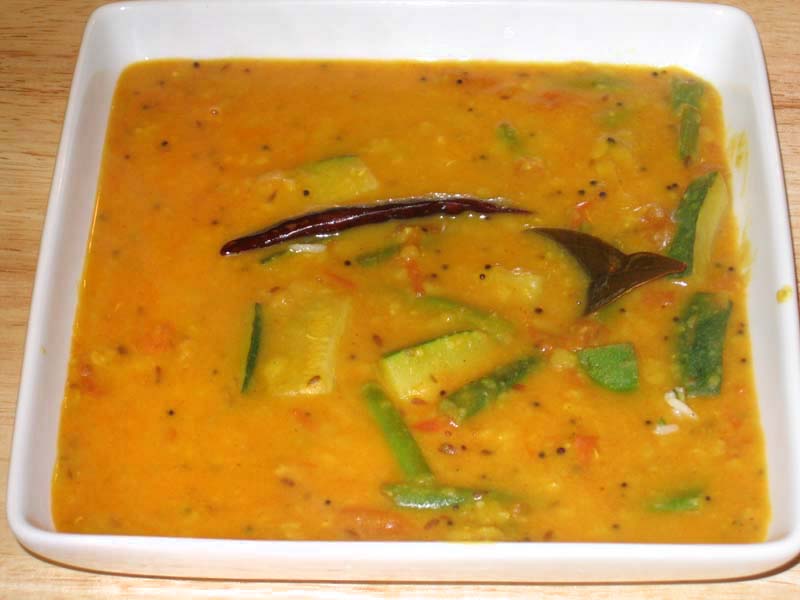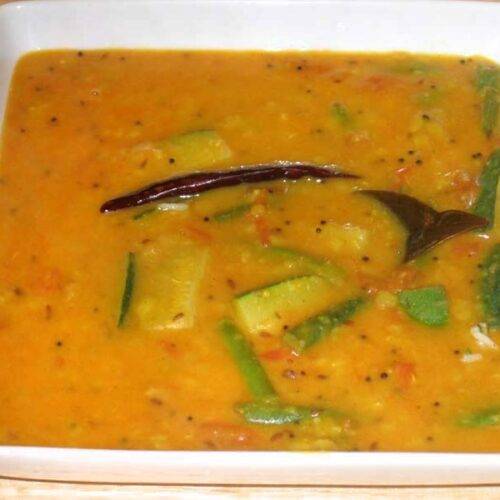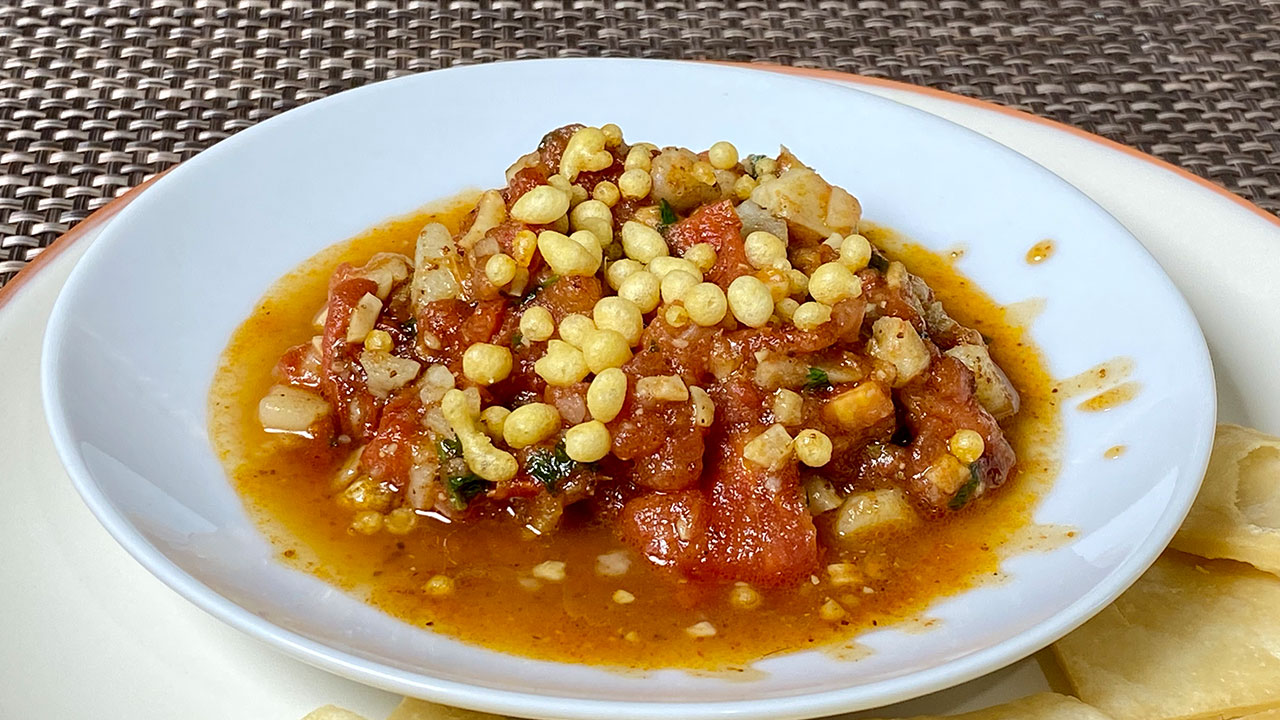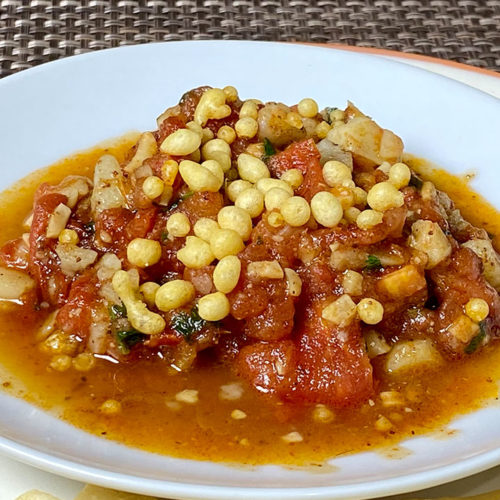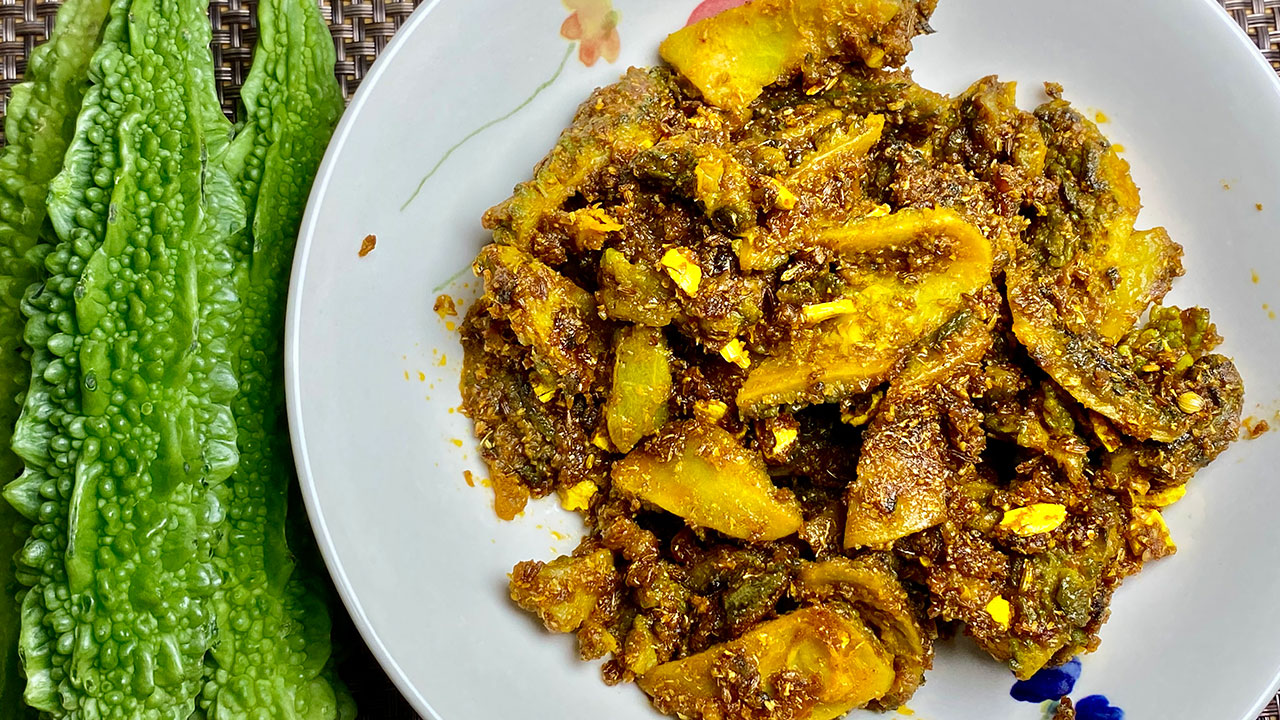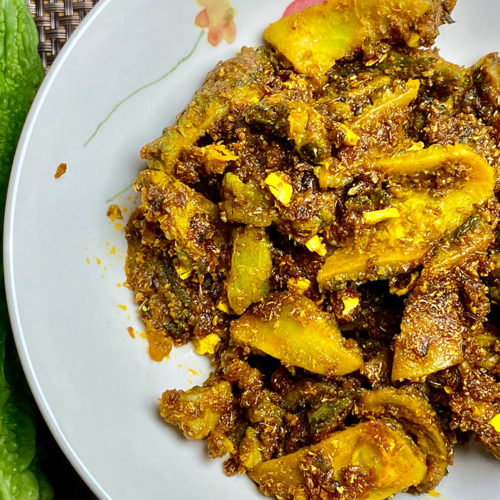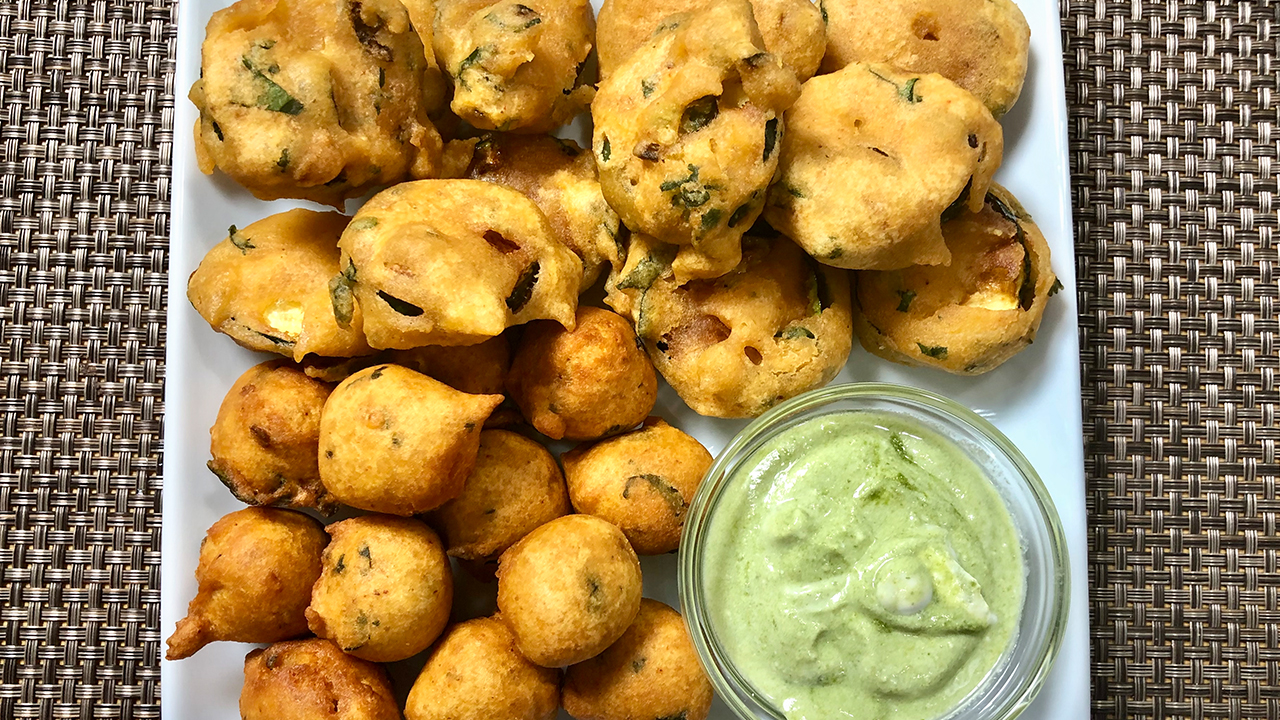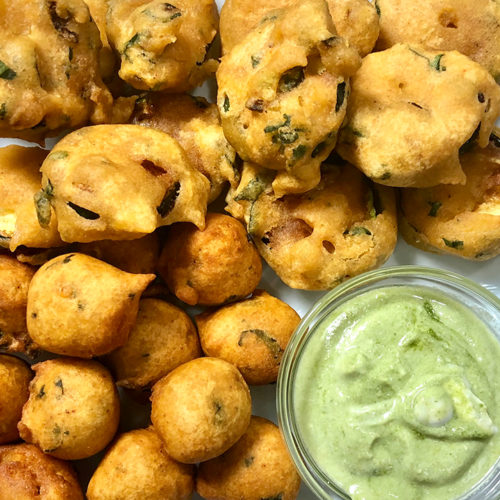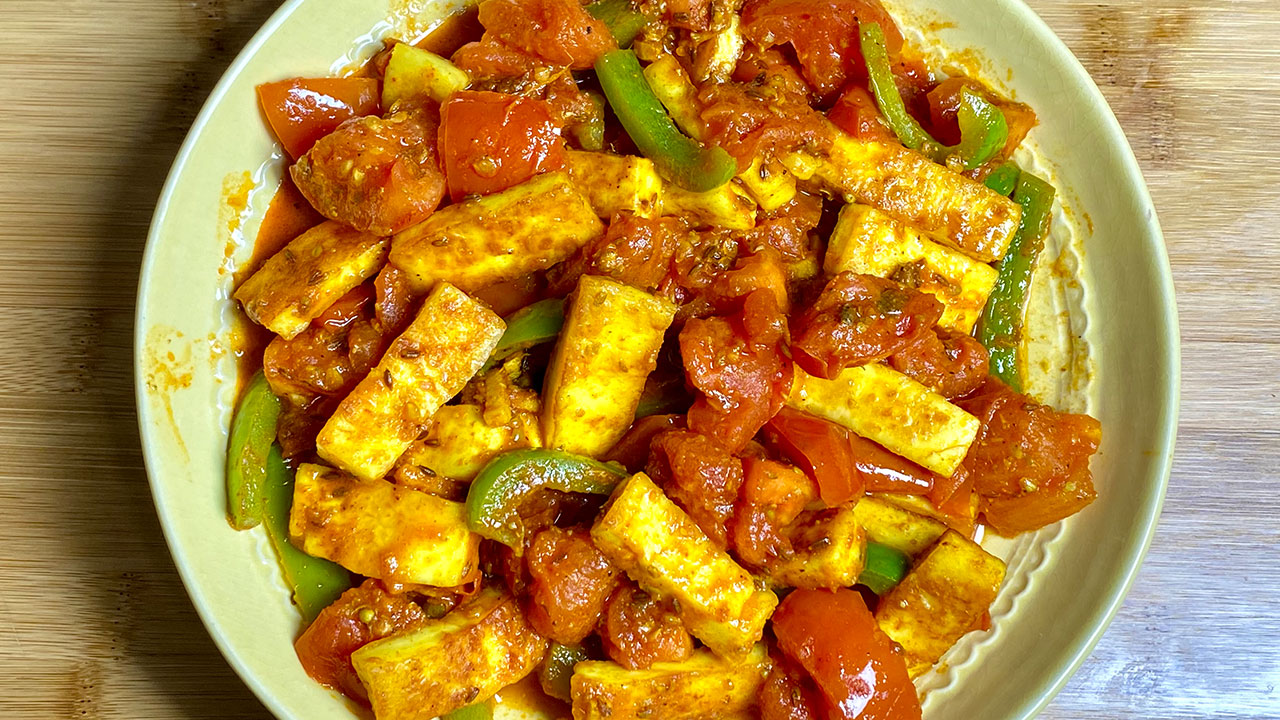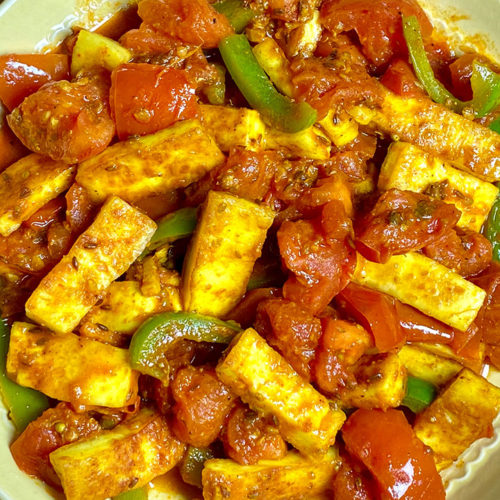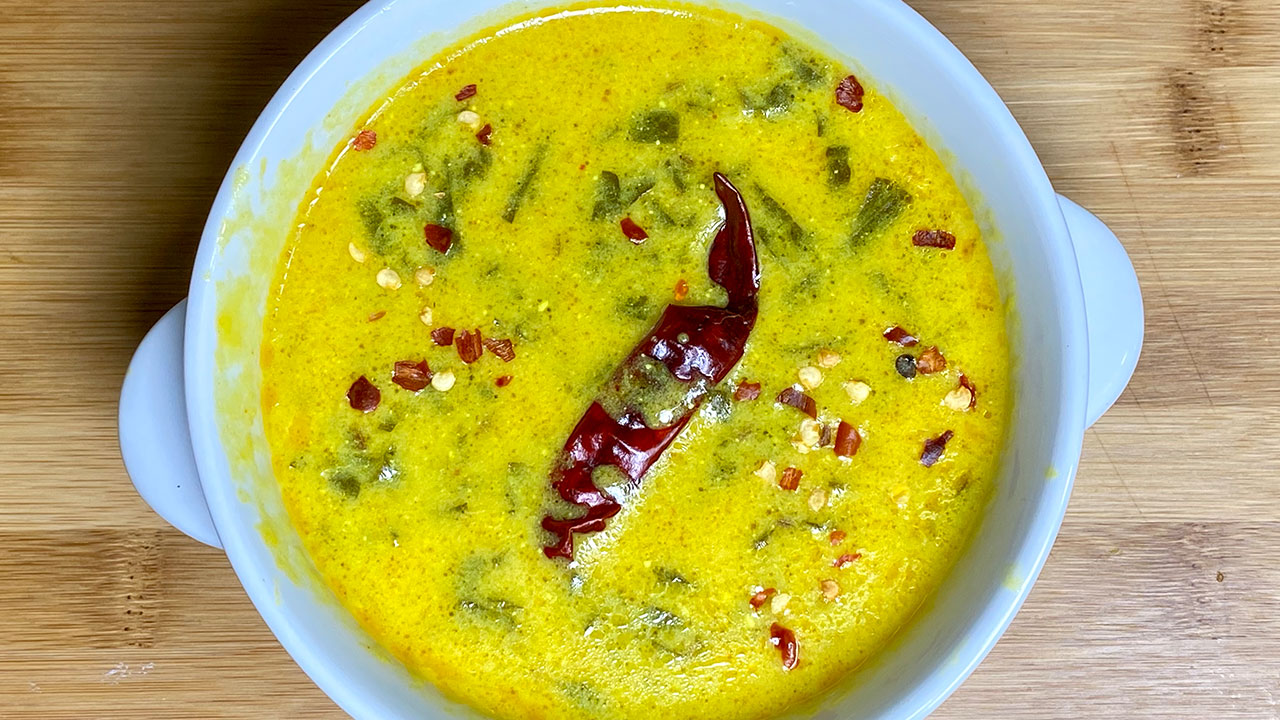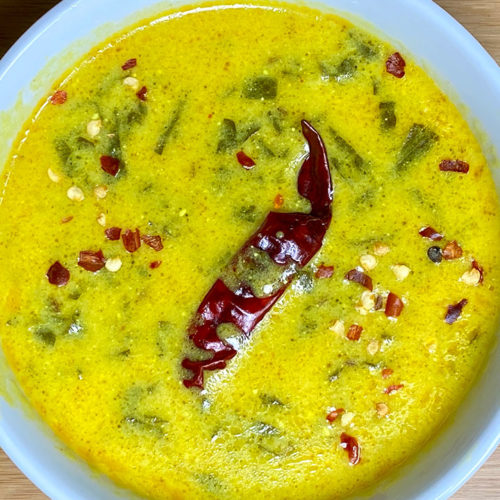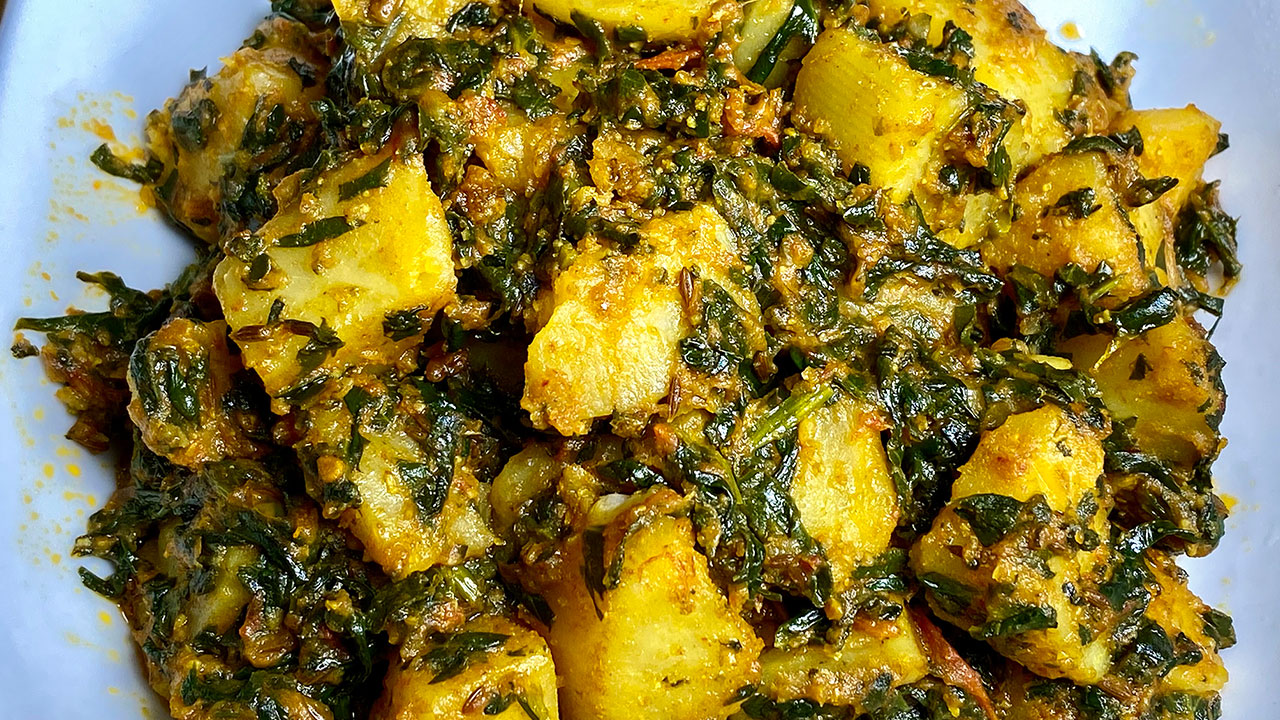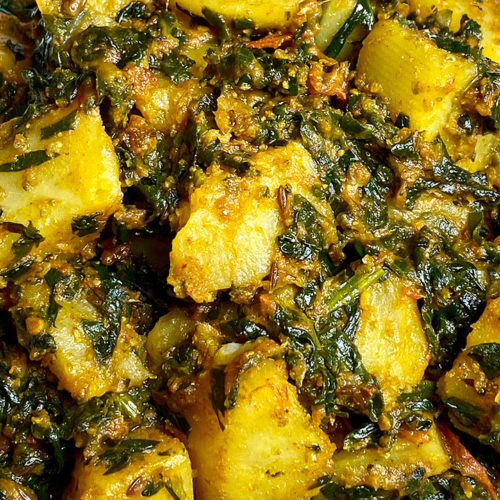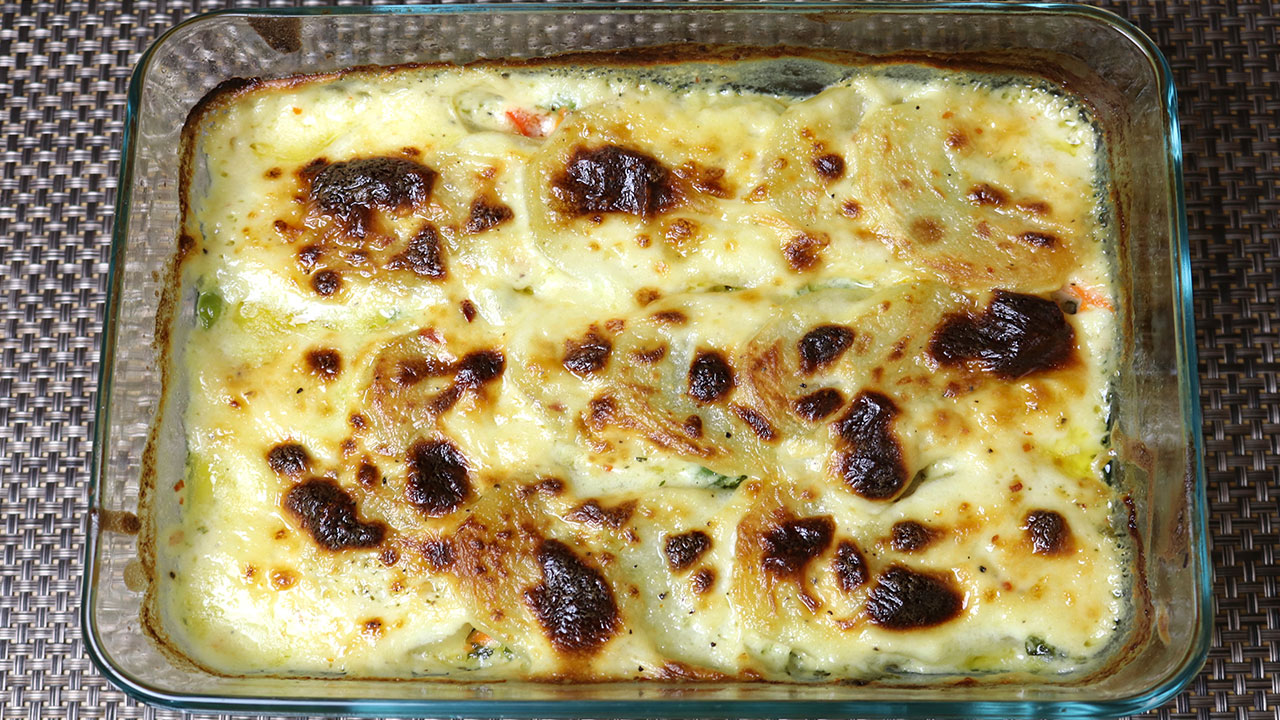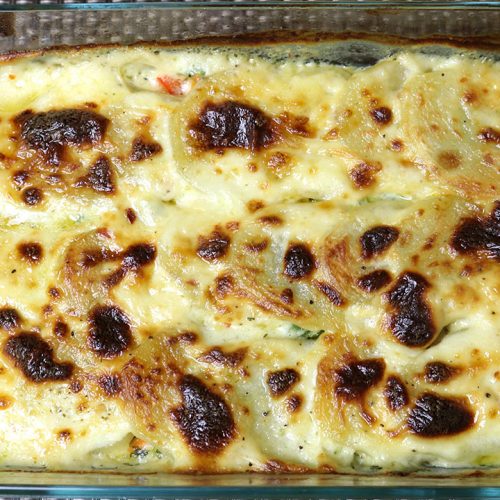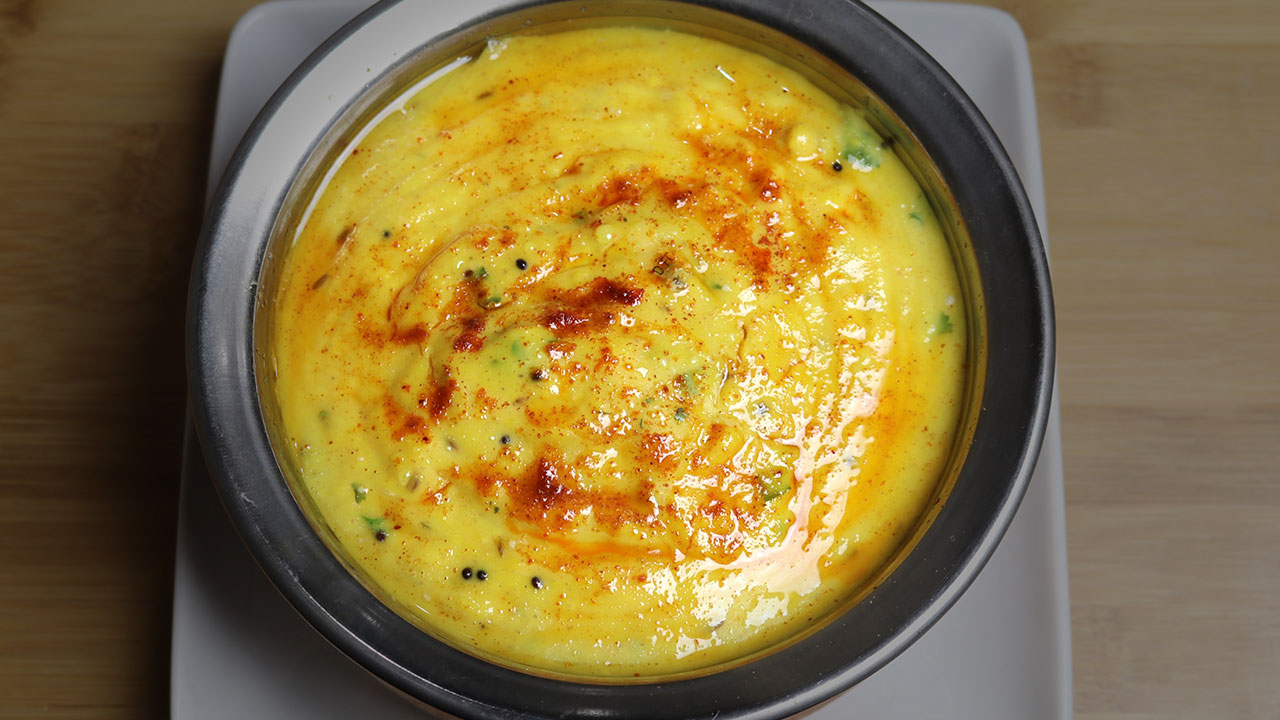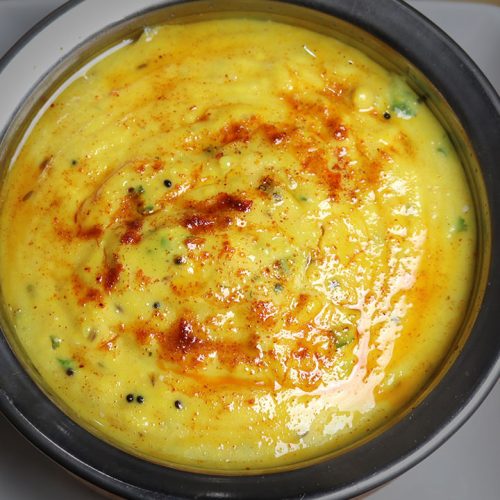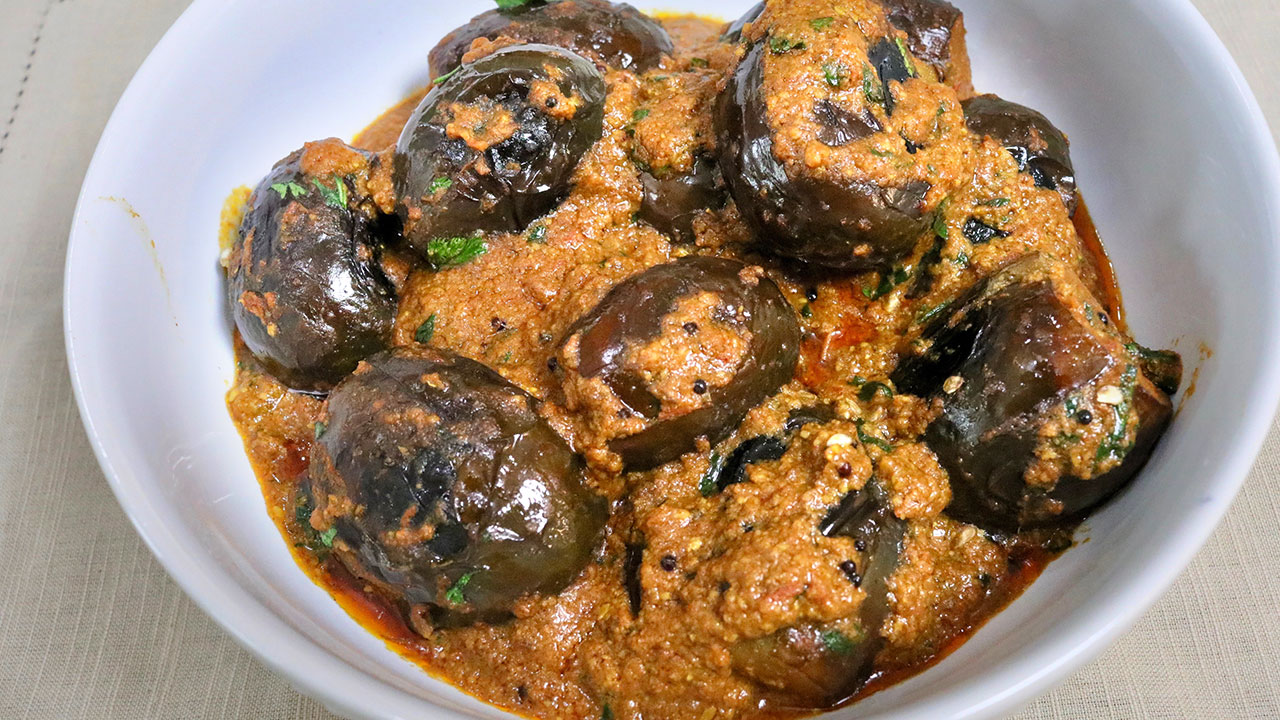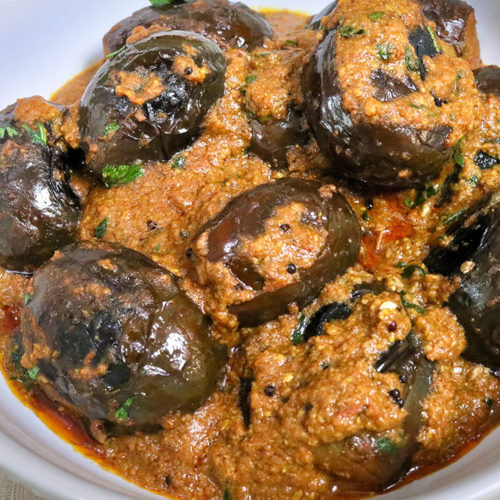Aloo (Potato) Masala
Ingredients
- 2 large potatoes
- 1 tbsp oil
- 1/8 tsp asafetida hing
- 1/2 tsp cumin seeds jeera
- 1/2 tsp mustard seeds rai
- 1/2 tsp turmeric haldi
- 1 green chili finely chopped
- 1/2 tsp salt
- 1 tsp lemon juice
- 1 tbsp cilantro finely chopped hara dhania
Instructions
- Boiled the potatoes until they are soft and let cool.
- Peel and chop the potatoes in small pieces.
- Heat the oil in a frying pan on medium high. Test the heat by adding one cumin seed to the oil. If it cracks right away, the oil is ready.
- Add the cumin seeds, mustard seeds and asafetida. As the seeds crack, add turmeric, potatoes, green chili, and salt. Stir-fry for a few minutes.
- Add lemon juice and cilantro.
- The potatoes should be slightly moist and not very dry.
Notes
Aloo Masala Recipe: How to make Aloo Masala for Dosa
Aloo Potato Masala, a classic gluten free South Indian filling that pairs perfectly with dosa, a popular Indian crepe. This vegan versatile dish combines the earthy goodness of potatoes with aromatic spices, creating a delicious accompaniment that’s loved by all.
Spicy Potato Masala for Dosa
Hearty and Satisfying: Aloo Potato Masala is a hearty and satisfying dish that’s perfect for breakfast, brunch, or any time of the day. Its comforting flavors and creamy texture make it a popular choice among both children and adults.
Versatile Filling: Aloo Potato Masala is incredibly versatile and can be used as a filling for various Indian snacks and dishes, including dosa, samosa, and sandwich. Its bold flavors and creamy texture add depth and richness to any recipe it’s used in.
Easy to Prepare: Making Aloo Potato Masala at home is quick and easy, requiring just a few simple ingredients and basic cooking techniques. With the right combination of spices and seasoning, you can create a delicious and flavorful filling that’s sure to impress.
Variations of Aloo
- Aloo Gobi: Aloo Gobi is a delicious main dish made with potatoes, cauliflower, and a great blend of spices. Aloo Gobi can be served with various breads, such as rotis, parathas, and puris.
- Aloo Baingan: Aloo baingan (potato and eggplant) is a great main dish. It’s easy to make and can be served with any bread.
- Aloo Dum: Is an exotic rich and luxurious variant of aloo made in a curry format and incorporates the Indian cooking style of dum.
- Aloo Mattar: Aloo Mattar is a popular curry based north Indian dish. Potatoes and peas with spicy gravy makes a great main course served with puris, rotis and parathas.
Tips for Making Perfect Aloo Potato Masala:
Boil Potatoes Until Tender: Boil the potatoes until they are fork-tender before mashing them for the Aloo Potato Masala. This ensures that the potatoes are cooked through and have a smooth and creamy texture.
Temper the Spices: Temper whole spices such as mustard seeds, cumin seeds, and curry leaves in hot oil before adding other ingredients. This releases their flavors and aromas, enhancing the overall taste of the Aloo Potato Masala.
Finish with Fresh Herbs: Garnish the Aloo Potato Masala with freshly chopped cilantro or coriander leaves just before serving for a burst of freshness and color. Herbs add a vibrant touch to the dish and elevate its presentation.
FAQs about Aloo Potato Masala for Dosa:
Can I make Aloo Potato Masala ahead of time?
Yes, you can prepare the Aloo Potato Masala ahead of time and store it in the refrigerator for up to 2-3 days. Reheat it gently on the stovetop or in the microwave before serving with dosa or other dishes.
Is Aloo Potato Masala gluten-free?
Yes, Aloo Potato Masala is naturally gluten-free as it’s made with potatoes, vegetables, and spices, which are all gluten-free ingredients. It’s a safe and delicious option for individuals with gluten intolerance or celiac disease.
Can I freeze Aloo Potato Masala?
While you can freeze Aloo Potato Masala, the texture may change slightly upon thawing. It’s best to freeze the masala in an airtight container for up to 1-2 months and thaw it in the refrigerator overnight before reheating.
What can I serve with Aloo Potato Masala?
Aloo Potato Masala pairs perfectly with dosa, a South Indian crepe made from fermented rice and lentil batter. It can also be served with idli (steamed rice cakes), uttapam (Indian-style savory pancakes), or puri (deep-fried bread).
Aloo Potato Masala is a delicious and versatile dish that’s perfect for savoring with dosa or as a filling for various Indian snacks and dishes. Whether enjoyed for breakfast, brunch, or as a comforting meal option, its hearty flavors and creamy texture are sure to delight your taste buds and leave you craving for more.
So why not treat yourself to a batch of homemade Aloo Potato Masala and experience the irresistible flavors of South Indian cuisine?
Stay tuned for more such dishes on Manjula’s Kitchen exploration into the world of culinary delights!

